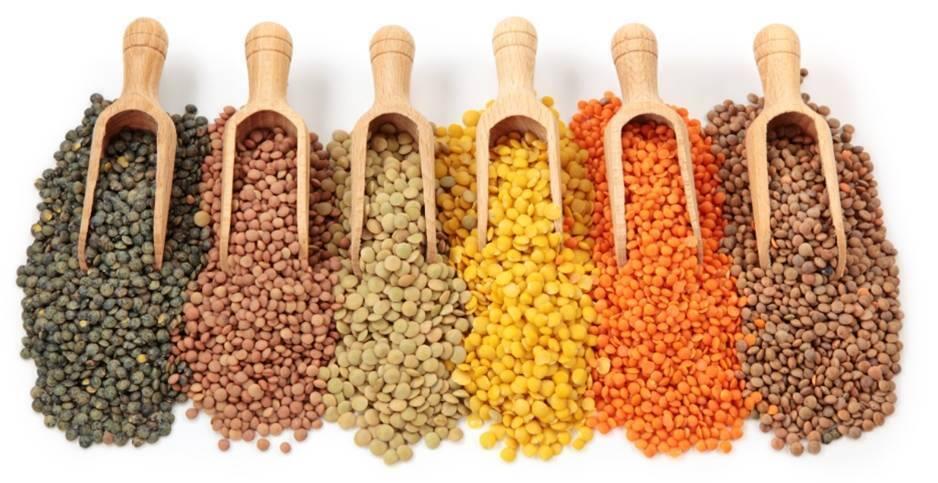Pulses are good for health and the environment, they embody a cheap alternative to meat, even if their production is still confidential with cereals.
Note that the pulses contain 20-25% protein, twice as wheat and three times more than rice, as well as many minerals and vitamins. Interesting properties for developing countries, especially as lentils, beans and peas are cheap and easy to store, but also to Western countries where the pulses can be an alternative to meat.
We recall that the FAO has declared 2016 years pulses. Indeed, the head of FAO, Marcela Villarreal noted that “the aim is to increase production and especially consumption worldwide,” as these very nutrient dense foods “can contribute significantly to security global food. ”
In addition, leguminous plants have the feature to capture nitrogen from the air and return it in the soil through their roots, naturally rewarding fields, which then need much less fertilizer.
However, despite these advantages, only 72 million tonnes of pulses are produced and consumed each year worldwide, against nearly a billion tonnes of wheat.
FAO stresses that the problem is that the production of pulses “is more expensive than that of cereals for example. It is more profitable to grow grain as legumes. ”
In addition, and in the majority of producing countries, this culture attracts “much less investment than grain and other products, due to the lack of government attention,” according to the analyst Madhoo Pavaskar.











